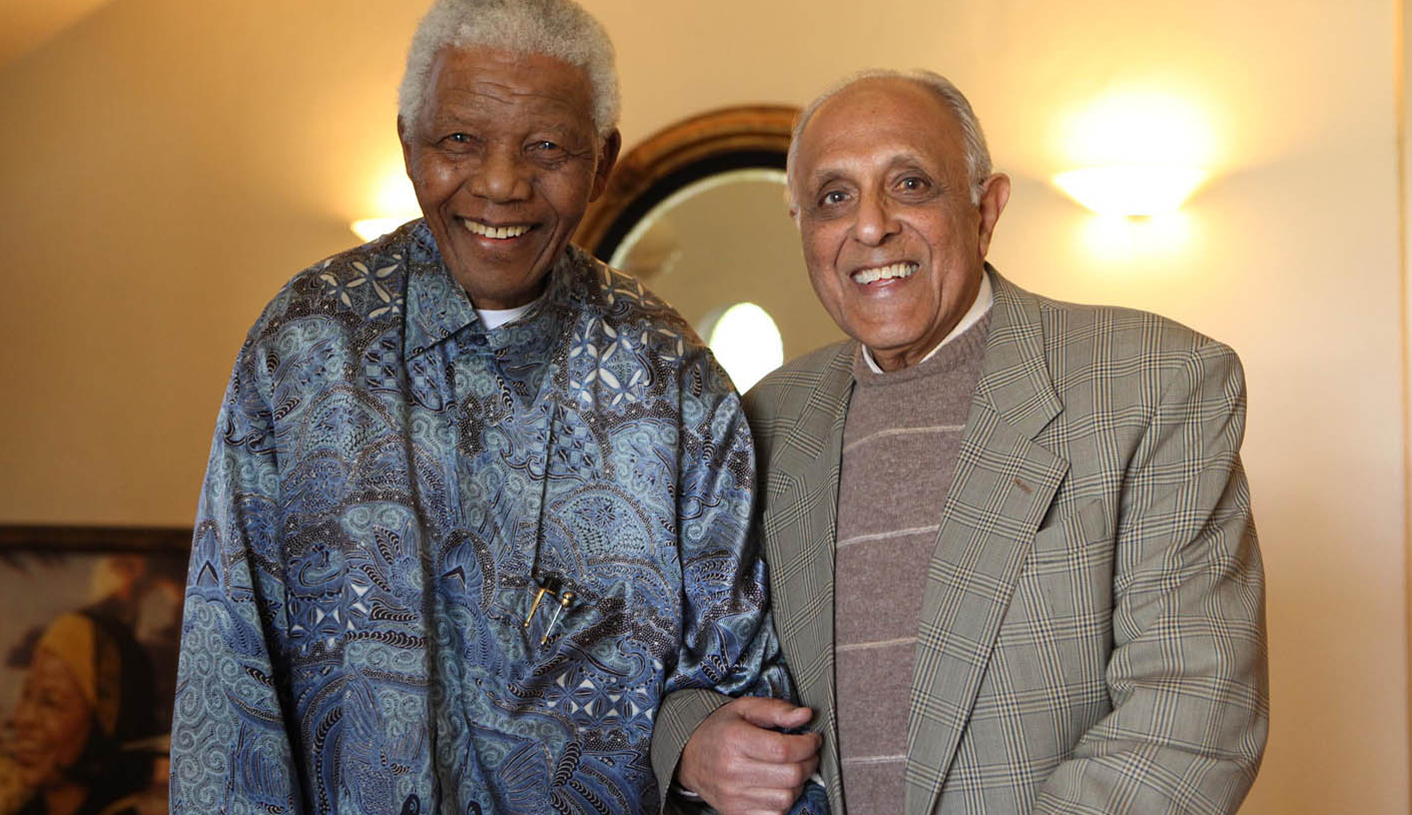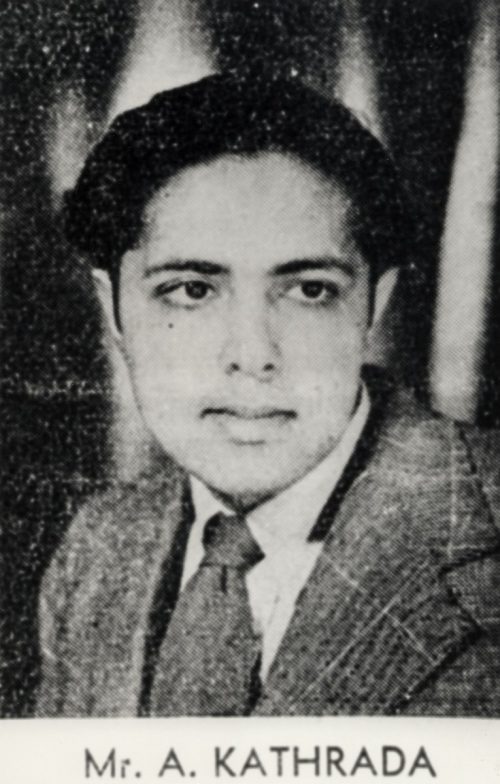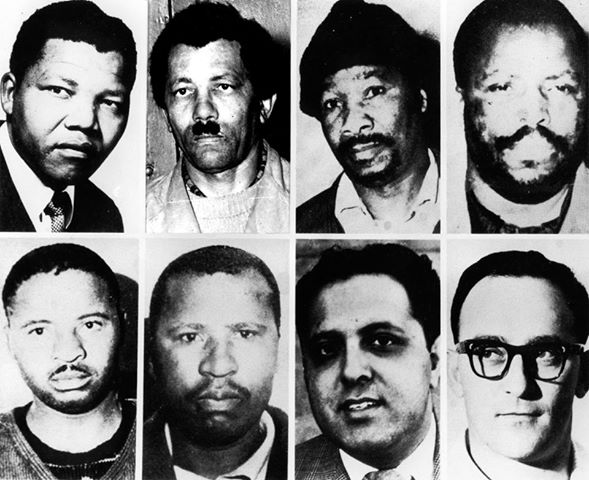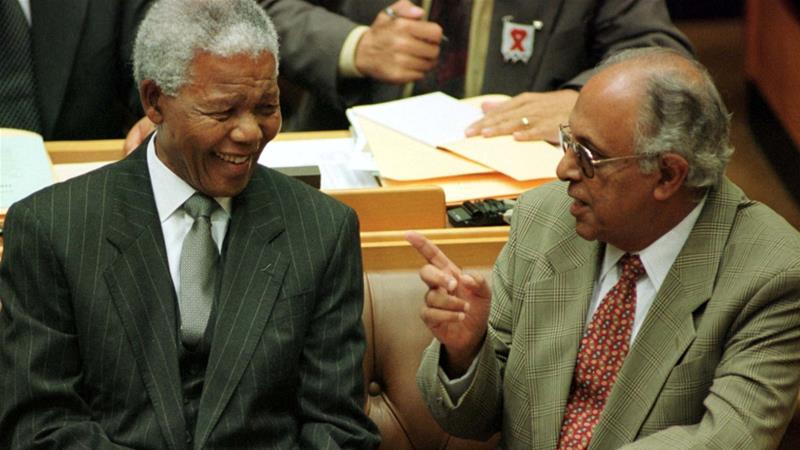Revered by Africans, This Indian-Origin Icon Dedicated His Life to Fighting Racism and Inequality
Affectionately known as "Uncle Kathy", Ahmed Kathrada was one of Nelson Mandela's closest aides and played a major role in shaping South Africa’s post-apartheid policies.

On Tuesday, Ahmed Kathrada, South Africa’s revered Indian-origin anti-apartheid activist and one of Nelson Mandela’s closest aides, died at a hospital in Johannesburg after struggling with a brief illness following brain surgery.
Kathrada played a major role in shaping the country’s post-apartheid (the system of racial segregation and white domination) policies after Mandela’s election as the first entirely democratic president of South Africa.

Affectionately known as “Uncle Kathy,” Kathrada was born on August 21,1929, to immigrant Indian parents in the small town of Schweizer-Reneke in Western Transvaal (now North West Province). His parents, Mohamed and Hawa Kathrada, were Bohra Muslims who originally hailed from Surat in Gujarat.
The town of Schweizer-Reneke didn’t have any schools for Indian-origin children (they were not allowed to attend local primary schools). So at an early age, Kathrada moved to Johannesburg (which had an Indian school) to live with his aunt Fatima.
During his childhood, Kathrada was deeply influenced by the Transvaal Indian Congress (TIC). Initially called the Transvaal British Indian Association (TBIA), TIC was founded in 1903 by Mahatma Gandhi to to fight discrimination against Indians in South Africa.
At the young age of 12, Kathrada began distributing leaflets at street corners for the Young Communist League of South Africa. During World War II, he participated in the anti-war campaign organised by the Non-European United Front.

After finishing school at the age of 17, Kathrada began working full-time in the offices of the Transvaal Passive Resistance Council and played an important role in the protests against the Asiatic Land Tenure and Indian Representation Act (also called the Ghetto Act). This discriminatory act sought to define the areas where Indians could live, trade and own land while giving them limited political representation.
Kathrada served his first jail sentence for civil disobedience when he was imprisoned along with 2,000 other volunteers while protesting against the law. He later became the general-secretary of the Transvaal Indian Congress and was instrumental in linking it to the African National Congress (ANC). This was the time he met and became close friends with ANC leaders like Nelson Mandela, Walter Sisulu, Ismail Meer and J N Singh.
“I met Mandela through his fellow students, Ismail Meer and J N Singh, who were studying law with him at Wits University. At the time, there were very few non-whites, especially Africans, at university. So we were in awe of him and wanted to be like him.
“He had this ability to relate to me, a high school kid, almost as an equal, wanting to know what my interests were, what I wanted to do and so on.We continued to interact a lot after that, politically through our organisations. My impressions of him got stronger as I met him at various types of events and we grew quite close,” Kathrada later recalled in many of his interviews.
A founding member of the Transvaal Indian Volunteer Corps (and its successor, the Transvaal Indian Youth Congress), Kathrada enrolled at Witwatersrand University in 1951. The same year, he visited the concentration camps of Auschwitz, an experience that affected him deeply and left him convinced that racism needed to be eradicated in South Africa.
Abandoning his studies, Kathrada devoted himself full-time to political activism. As chairperson of the Transvaal Indian Youth Congress, he had attended the World Youth Festival in Berlin and the Congress of the International Students Union in Poland, before working for nine months at the headquarters of the World Federation of Democratic Youth.
Over the next few years, Kathrada helped organise the Campaign of Defiance against Unjust Laws (that targeted apartheid laws) and the multi-racial Congress of the People Campaign, which proclaimed the Freedom Charter (that documented the demands of citizens from all over South Africa for the kind of country they wished to live in).
During this period, Kathrada was banned for attending public gatherings and arrested several times for breaking these prohibitory orders. In 1962, after being subjected to house arrest, he went underground and began attending secret meetings at Liliesleaf Farm in Rivonia, the underground headquarters of the ANC.
Kathrada was one of the famous Rivonia 11 – including Nelson Mandela, Dennis Goldberg, Walter Sisulu, Govan Mbeki, Elias Motsoaledi, Raymond Mhlaba and Andrew Mlangeni – who were arrested when police raided Liliesleaf in July 1963.

Rivonia trialists (left to right on top row): Nelson Mandela, Walter Sisulu, Gowan Mbeki and Raymond Mhlaba. Bottom row: Elias Motsoaledi, Andrew Mlangeni, Ahmed Kathrada and Denis Goldberg.
In the trial that followed, eight accused (including Kathrada) were sentenced to life imprisonment with hard labour on Robben Island. In an interview to Mail Guardian, Kathrada said:
“The moment that stood out for me at the Rivonia Trial would be the end of Mandela’s speech where he said: ‘I have fought against white domination, and I have fought against black domination. I have cherished the ideal of a democratic and free society in which all persons live together in harmony with equal opportunities. It is an ideal which I hope to live for and achieve. But if needs be, it is an ideal for which I am prepared to die.’
That was an electric moment.The second moment that stood out for me was when we all expected death and the judge said life.”
After the trial, Kathrada was offered the chance to have his sentences reduced if he appealed as an non-African but he refused to break ranks, showing that the anti-apartheid struggle had support across the racial divide. As a result, he spent the next 26 years and three months in prison, including 18 years in apartheid’s most notorious prison, Robben Island.
Having prematurely left his studies at the university, Kathrada used his time in prison to obtain four university degrees – a BA (history and criminology), a B Bibliography (Library Science and African Politics) and two BA Honours degrees in African Politics and History.
Kathrada was 60 when he was at last freed, in October 1989, just months before Mandela himself walked free.
In 1994, when Mandela was elected the president of South Africa, he chose Kathrada as his parliamentary counsellor in the first all-race ANC government. Mandela used to call Kathrada one of his two ‘mirrors’ (along with Walter Sisulu) while Kathrada referred to Mandela as his elder brother.

Ahmed Kathrada (murals of young Ahmed Kathrada and Nelson Mandela)
Later in life, Kathrada started Ahmed Kathrada Foundation to work against racism and chaired the Robben Island museum, preserving the prison as part of South Africa’s heritage. He also wrote several memorable books, including No Bread for Mandela: Memoirs of Ahmed Kathrada.
Last year, Kathrada urged President Jacob Zuma to resign, after the country’s apex court found that the president had refused to pay back government money spent on upgrading his private home. Yet after Kathrada’s death on Tuesday, President Zuma’s office said that with Kathrada’s death, South Africa had “lost a titan”.
In 2005, Kathrada was honoured with the Pravasi Bharatiya Samman Award, India’s highest honour for foreign nationals of Indian-origin.
Also Read: Did You Know Fidel Castro Sent Che Guevara to India Way Back in 1959?
Like this story? Or have something to share? Write to us: [email protected], or connect with us on Facebook and Twitter.
NEW: Click here to get positive news on WhatsApp!
If you found our stories insightful, informative, or even just enjoyable, we invite you to consider making a voluntary payment to support the work we do at The Better India. Your contribution helps us continue producing quality content that educates, inspires, and drives positive change.
Choose one of the payment options below for your contribution-
By paying for the stories you value, you directly contribute to sustaining our efforts focused on making a difference in the world. Together, let’s ensure that impactful stories continue to be told and shared, enriching lives and communities alike.
Thank you for your support. Here are some frequently asked questions you might find helpful to know why you are contributing?


This story made me
-
97
-
121
-
89
-
167














